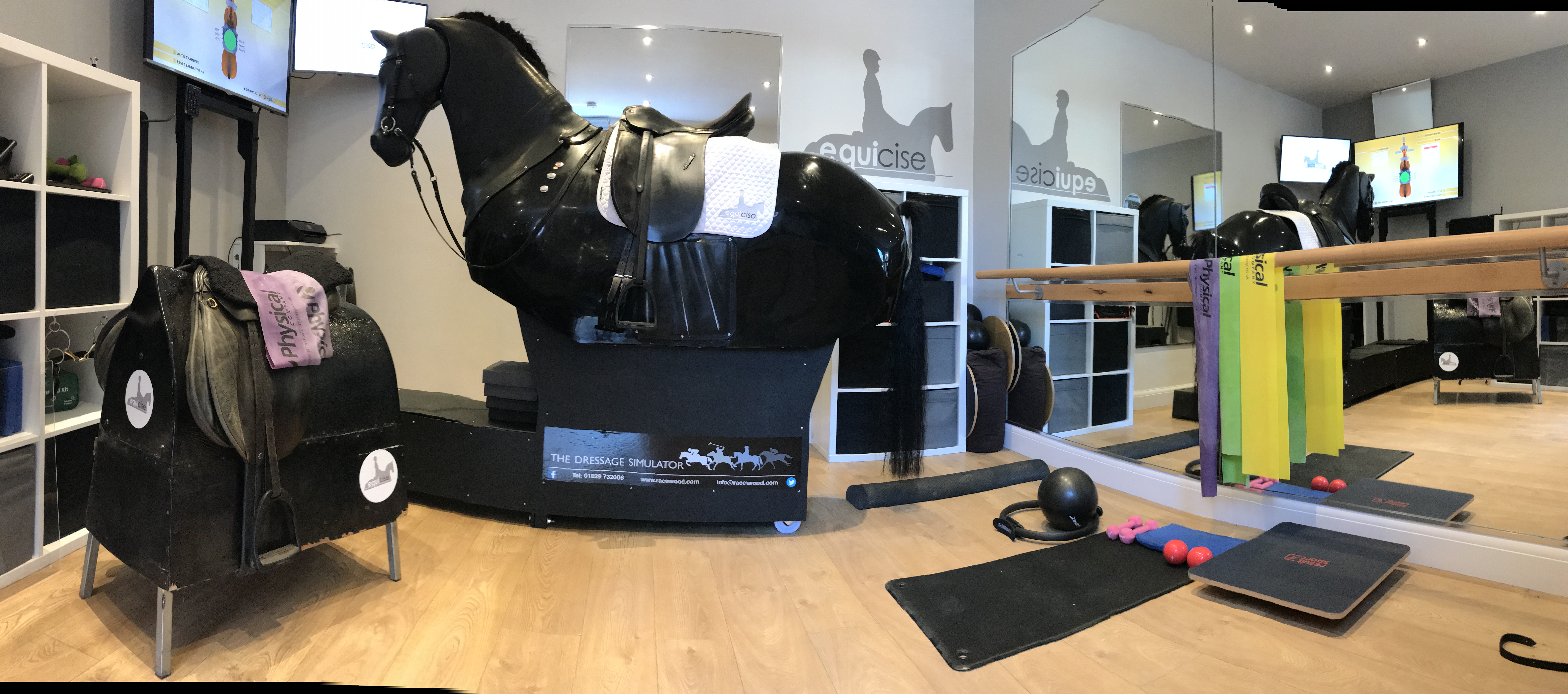

Few interesting discoveries were made, for example, high-level horses have only limited capability for jumps and riders tend to overuse their horses for the competition which leads to underachievement (Larson 2014). For validation, the team used mathematical motion patterns comparison, multiple academic research materials and most importantly real riders’ feedback with Grand Prix level riding background, as riding is a very individual experience and math is not always straightforward. Extended IPR research was conducted, and new patents were filed. Before final assembly, multiple motion measurements, simulations and mechanical concepts were researched before the actual motion platform design was sufficient. In platform development, this meant lots of test measurements from real dressage and show jumping horses, even riders.


(Walker 2018, Mäkelä 2020a) Learning balance and interaction is crucial to be able to avoid injuries, 81 % of rider falls lead to medical attention (Mayberry ym. Communication and training of the horse happen through the four ‘aids’ riders’ posture and weight distribution, riders’ legs position and pressure (for example transitions), riders’ hands are very important (most riders pull too much) and sounds. The rider needs to have high balance, fitness, flexibility, and coordination skill levels. Horse riding is a complex & interactive experience between the rider and the horse. Especially in complex motions, a new platform can enable the actual horse-riding learning process (Walker 2018). This theme has accumulated visibility & interest in both equine science and horse-riding societies (Saddle Research Trust 2021). LUT University decade long track record of applying the industrial level hardware into exotic area of horse-riding simulators was a great launchpad for Horzim project. Ability to reproduce real horse complex motion patterns of riding was something that the equine industry eagerly wanted to see. Major flaw of these simulators was the realistic horse motion, which sparked the Horzim project idea. Project main result is in a validated motion platform capable of mimicking individual motions of any real horse.Įquine simulators have been on the market already for multiple decades. Commercialisation research was the main responsibility area of the LAB. The project investigated novel commercial applications for a fully programmable horse-riding simulator and resulted in technical Proof of Concept & suitable business model ideas for commercialisation. The project was funded by Business Finland ‘Research to Business’ funding instrument. Project Horzim was a two-year (2019-2021) joint commercialization research project with LUT University and LAB University of Applied Sciences.


 0 kommentar(er)
0 kommentar(er)
